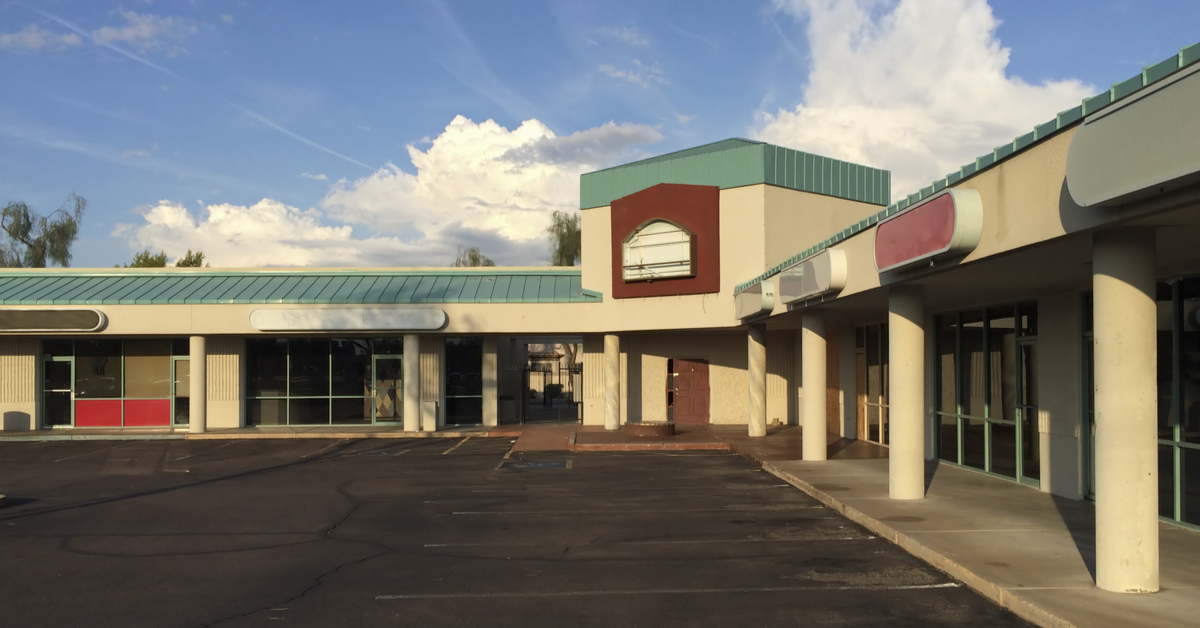The pandemic appears to have whetted investors’ thirst for distressed property bargains, but so far, they’ve yet to materialize.
A new report from Jones Lang LaSalle (JLL) has noted that opportunistic real estate funds worldwide are amassing money handily, evidently happy (so far) to play the waiting game until more distressed properties hit the market. Per JLL, over a third of the $363.8 billion in available dry powder for real estate is sitting in either opportunity or distressed funds. Furthermore, according to data from Preqin, capital raised for closed-end distressed fund strategies comprised 17% of total real estate fundraising in 2021’s opening quarter.
Investors, it appears, are ready to reenact the distress buying days after the Global Financial Crisis, when many properties ended up in the bargain bin to be plucked by strategic buyers.
Unlike that financial meltdown, however, opportunities to capitalize on distress have been few and far between. There have been discounts to be had in some geographic markets and sectors, particularly hotels. But real estate investment funds continue to hoard capital in part because there’s nowhere yet to deploy it.
“Investment vehicles that are able and willing to invest directly in real estate assets or debt, as well as companies, are clearly having no difficulty in attracting capital,” said Christian Denny, EMEA capital markets research & strategy director at JLL. “But the compelling opportunities those funds are seeking for now remain limited.”
In the United States, that’s partially because loan workouts have been on the rise. Real Capital Analytics (RCA) reported in April that, during the first quarter, there was more commercial real estate distress worked out in the U.S. than there were newly distressed properties, the first time that has happened since the second quarter of 2019. The stock of potential distress remains significant, so the pace of workouts moving forward bears watching.
“Loans are being extended, but how long that remains the case is up for debate,” said Nick Ridgewell, funds advisor director at JLL. “There’s been less urgency and more dialogue than we saw in the global financial crisis in 2008.”
In the meantime, it appears that investors remain confident that the pandemic will eventually dent commercial real estate pricing. Real estate funds haven’t stopped accumulating capital; Oaktree Capital Management, for example, raised $4.7 billion in March for its eighth opportunistic global real estate fund, surpassing its target of $3.5 billion. A month later, it was reported that Brookfield Asset Management intends to raise $17 billion for what would be its largest-ever global opportunistic real estate fund. If that potentially distressed stock is realized at discount price, investors will be ready to pounce.
Meanwhile, RCA highlighted on its “RCA Insights” blog another difference between distress investing after the 2008-2009 financial crisis and during the time of COVID-19. Per the company’s preliminary data, 12% of distressed assets procured through the first five months of 2021 were bought with the intent to redevelop. That’s double the share of non-distressed sales slated for redevelopment over that same timeframe.
Put another way, pandemic-era distress investors — the ones who have been active, anyway — are looking for opportunities to buy assets that were lacking high income prospects and reposition them for better use. That’s a contrast to distress buyers after the previous financial crisis who scooped up income-producing but overleveraged assets that simply carried too much of a debt burden.
“The elbow grease required to convert distressed assets to their highest and best use has drawn notice from a different investor pool,” said Alexis Maltin, director of market analytics for RCA. “Between the second quarter of 2020 and first quarter of 2021, private buyers — predominantly developers, owners and operators — accounted for 64% of all distressed asset purchases. By contrast, equity funds were behind only 12% of distressed purchases, with the broader institutional capital category taking only 20%.”
Compare that to 2010 to 2012, when funds and institutional investors (which made up 40% of U.S. distressed asset buying) and private investors (41%) had nearly an equal share of the distress market.





